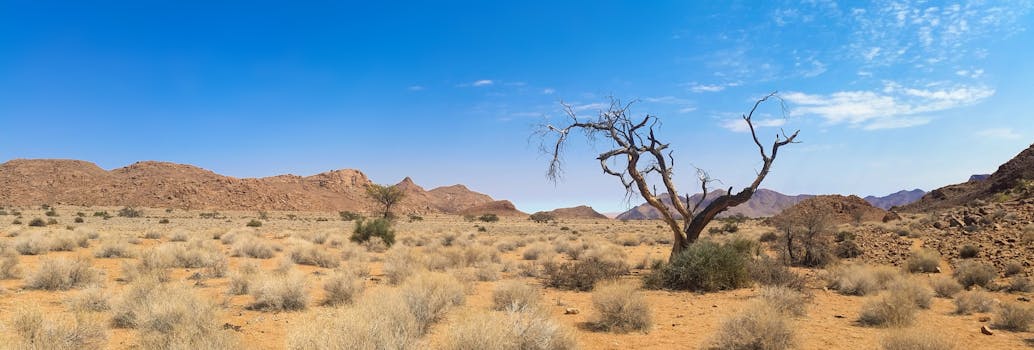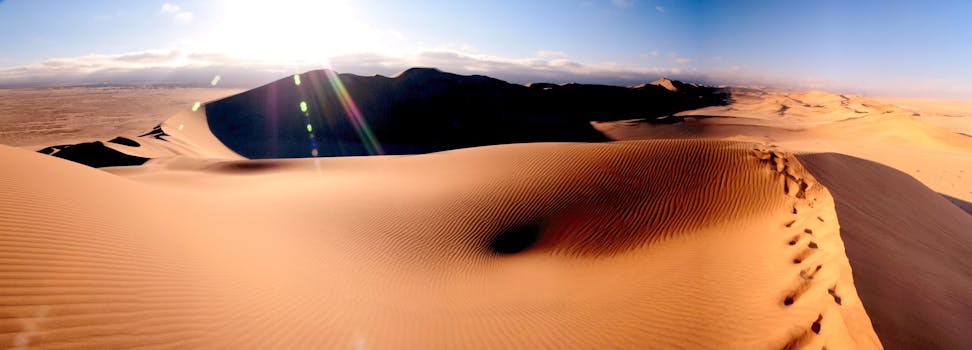Located in southwest Xinjiang Uyghur Autonomous region, northwest China, Taklamakan desert is bounded by the Kunlun mountains to the south, the Pamir mountains and Tian Shan to the west and north, and the Gobi desert to the east, also known as “Place of No Return”, more commonly interpreted as “once you get in, you’ll never get out” or similar.

The Taklamakan Desert has an area of 337,000 km2 (130,000 sq mi), making it slightly smaller than Germany, and includes the Tarim Basin, which is 1,000 kilometres (620 mi) long and 400 kilometres (250 mi) wide. It is the world’s second largest shifting sand desert with about 85% made up of shifting sand dunes ranking 16th in size in a ranking of the world’s largest deserts.
Because it lies in the rain shadow of the Himalayas, Taklamakan is a paradigmatic cold desert climate. Given its relative proximity with the cold to frigid air masses in Siberia, extreme temperatures are recorded in wintertime, sometimes well below −20 °C (−4 °F), while in summer they can rise up to 40 °C (104 °F). During the 2008 Chinese winter storms episode, the Taklamakan was reported to be covered, for the first time in its history, entirely with a thin layer of snow reaching 4 centimeters (1.6 in), with a temperature of −26.1 °C (−15 °F) in some observatories. Its extreme inland position, virtually in the very heartland of Asia and thousands of kilometres from any open body of water, accounts for the cold character of its nights even during summertime.

The Taklamakan Desert is distinguished by its constantly moving sand dunes. Its vast sea of gold sand is whipped into crescent-shaped sand dunes, some of which soar to 800 to 1,650 feet tall when winds reach hurricane force. Camels are the only animals able to tackle these monstrous dunes — the way their feet splay outwards stops them from sinking into the sand. Scientists have yet to determine what causes the sand in some parts of the desert to sink.
The Taklamakan Desert supports small populations of animals like wild Bactrian camels, Asian wild asses, wolves, foxes, gazelles and wild boars. Camels, in particular, can tolerate the dryness of the desert area, and they are able to seal their slit-like nostrils closed, keeping out sand and dust.
The Taklamakan Desert is almost devoid of vegetation. Tamarisk, nitre bushes and reeds are the only types of greenery found in the depressions between the dunes; however, plant life is much richer along the edges of the desert area.

Locals recount tales that ancient cities filled with treasure lie lost and buried beneath the unknown depths of the Taklamakan Desert. In the late 1980s, an archaeological dig unearthed mummies in this remote region, some dating back to over 4,000 years. The mummies found show the wide range of peoples who have passed through the Chinese region; many exhibit Caucasoid features, and many were wearing European twill fabrics.
The interest in these mummies exists largely because of their extraordinarily well-preserved state. One of the most famous mummies unearthed from the Taklamakan Desert is that of “Cherchen Man.” He had reddish brown hair, a long nose, full lips and a ginger beard.
The trails that border the Taklamakan Desert once formed parts of the Silk Road, the trading routes of the past that are still being used in the early 21st century.

There are numbers of basic hotels/guesthouses along with camping options for your trip to Taklamakan, but be sure to book in advance.
Is it worth to be in your bucket list? Leave a comment and let us know….
Thanks for reading….
Signing off..
___Dev
Comments
Post a Comment